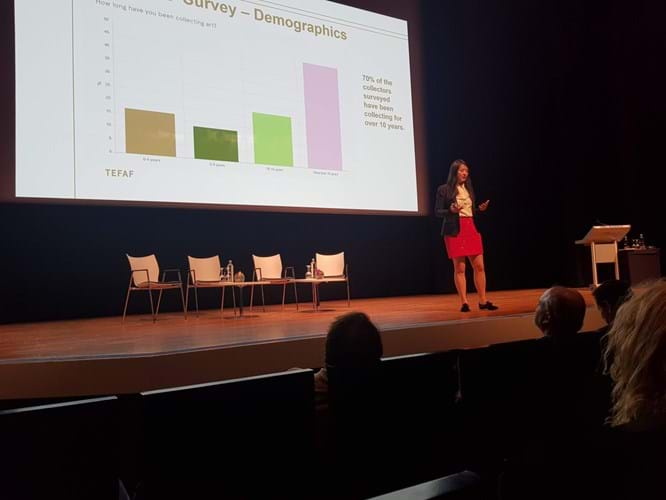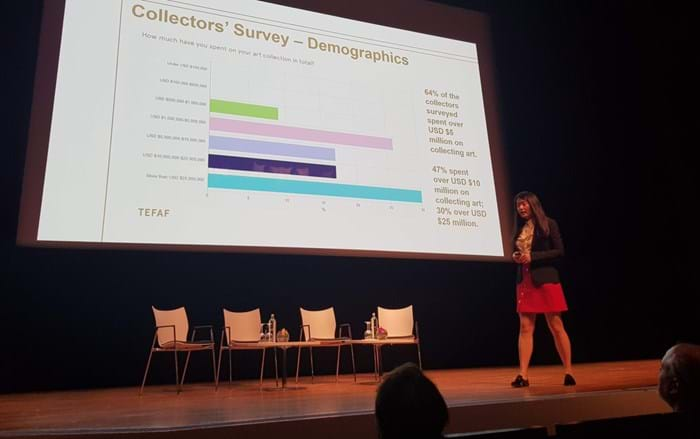
The report looks back over 40 years of the Chinese art market during which it has risen to one of the major players on the international stage, which it says is the second largest in the world after the US. Kejia Wu of Sotheby’s Institute of Art in New York presented the findings at the TEFAF’s annual symposium.
Looking back over the history of the market, Wu stressed the rapid growth of auction houses, China Guardian (founded in 1993) and Poly Auctions (founded in 2005), ranked third and fourth globally after Christie’s and Sotheby’s, as well of the explosion of private museums in the country. That number has grown from 1 in mainland China in 1991 to 1500 in 2018.
As well as offering a history of the market and a market outlook, it also features a survey with top art collectors and museum owners, showcasing their behaviours and plans for collecting. It showed that around eight percent of those surveyed had bought European Old Master paintings and antiques in the past five years, although around 12% said they planned to collect in that area over the next five years.
The most interest was Chinese contemporary art, though the interest in Western works (78% of those surveyed said they were planning to buy Western modern and contemporary art in the next five years) was hailed at the symposium as particularly good news for the fair, which has revamped its modern and contemporary section for this staging.

The findings of the TEFAF Art Market Report: The Chinese art market were presented by Kejia Wu of Sotheby’s Institute of Art in New York at the annual TEFAF symposium.
Most were shown to acquire works from auctions, followed by galleries and art fairs, though nearly 50% added that they traded with their fellow collectors.
This year’s report is the second in a series of focused studies published as a digital document. Wu said it was an “atypical” report, which emphasised storytelling.
“Although the market in China is the second largest in the world, the understanding of it still remains limited’, says Patrick van Maris, CEO of TEFAF, ‘the historic overview and the collector and industry interviews contained within the report give context to this fast maturing market.”
The TEFAF Art Market Report uses sales data from auctions only. It puts China in second place globally behind the US using art auction market data collected by China Association of Auctioneers (CAA) according to market turnover in 2017.
However the latest report from the Art Basel and UBS Global Art Market 2019 report, released last week, provides figures for 2018 using auctioneer and dealer data and placed China third, stating it had fallen behind the UK.
The Art Basel report said China’s market share decreased by 2% to 19%, with sales at $12.9bn in 2018, a decline of 3% year-on-year. It reported UK sales up 8% to just under $14bn in 2018, leading to a 1% gain in market share to 21%.





